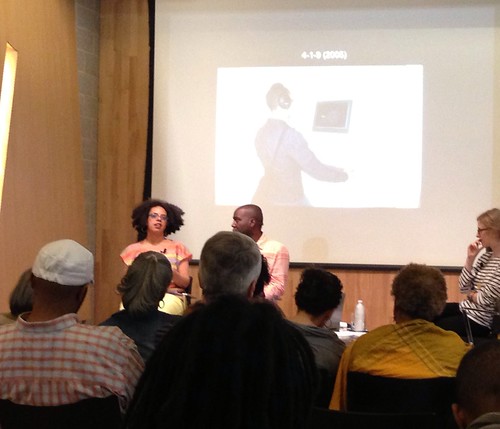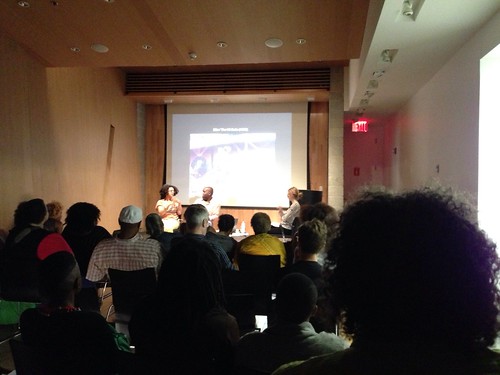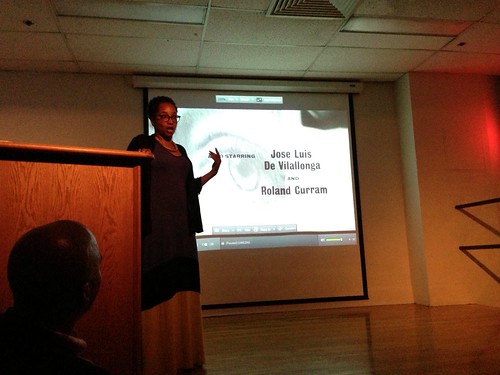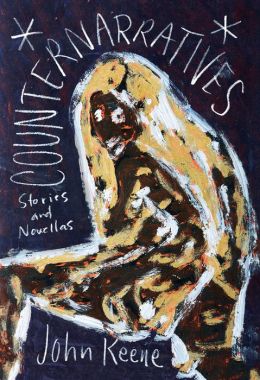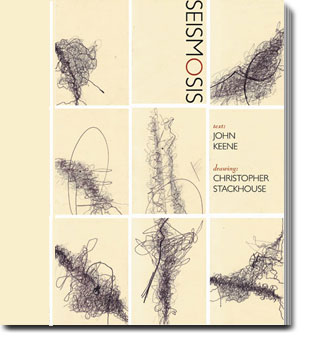 |
| The Translation Project's Black History Month tweet, from February 21, 2021, highlighting my essay "Translating Poetry, Translating Blackness" |
Happy Black History Month and Happy Almost-End-of-February 2021. We are almost a year into the Covid-19 pandemic, and it has been over a year since I posted on this blog. It sometimes amazes me that more than a decade and a half has passed since I first began blogging, back in 2005, during what was a decidedly different time in the online world. Social media platforms as we know them barely existed; blogging was still a somewhat new and exciting activity, though the bloggers who inspired me had been blogging for several years; and people read and commented on blogs, including this one. I have over 2,000 non-spam comments attesting to that.
16 years later, blogs and blogging do still exist, and the term "the blogs" is often bandied about on reality shows as a catch-all for any site, blog or not. This is the case despite that period perhaps ten years ago when some in the media trumpeted blogging's demise, and despite the proliferation of quasi-blog-like sites, like Tumblr and Instagram, the former of which has done away with words altogether, and both of which are now part of many peoples' daily consumption, even if blogs as they once existed--as they existed in 2005--seldom are. I won't rehearse my blogging history, which is available via a search of this prior blogiversary posts on blog (I started off blogging about poetry and the arts, etc.), but blogging here was, at least for that first year, and certainly for the next decade or so, a vital experience for pondering the sometimes imponderable, conveying some of my enthusiasms and interests, especially across the arts, posting translations, sharing photographs (from daily life, events I attended, my random walks through NYC, Chicago and elsewhere), and just having a scratchpad to play, in written form.
Things began to change demonstrably, I think, in 2014-2015 when I began chairing a department. My free time increasingly disappeared, which meant that that I had to rearrange my priorities, with some things suffering more than others, among them blogging. (A colleague queried whether I had In 2013, my second year at Rutgers-Newark (I was acting chair for part of that year) I blogged 140 times; by 2014 it had fallen to 59. I made an effort over the next few years to blog a bit more and got up to 78 and 71 blog posts, successively, in 2015 and 2016, but my entries plummeted in 2017. In 2018, I again made a strong push to blog, and nearly reached 100 posts, but most of them that year appeared during National Poetry Month, and by the end of the year, I was down to a 1-a-month trickle. Two years ago I only managed six posts, a miracle I sometimes think, in that I had one of my busiest and most draining years in academe, and I think I consciously tried to post something, though the results were, as the total underscores, paltry.
This past year, the Covid-19 pandemic, which is still very much with us, didn't result in a flood of posts, but rather a feeling of PTSD-style wordlessness, at least in terms of blogging, that I am still trying to process. I had a few blog stubs I began, and I will try to finish some of them, even if they consist mostly of links and images, but I also feel like the silence--the absence of posts--is testimony to what has transpired over these last 17 months (since February of 2020). Most of the people who were blogging when I began or who started during the last 16 no longer do so, at least regularly, though Gukira bucks that trend, with entries that are always rich, subtle, lyrical, and distinctive, however brief. This month he continues his readings of Dionne Brand's remarkable 2018 collection The Blue Clerk. I keep thinking that I will again be able to find the time and focus to blog, but I also increasingly feel, as I pointed out in a blog several years back, reading itself appears fallen by the wayside, and videos, whether on Youtube or IG's stories--which Facebook, tellingly, has adopted, even though it owns Instagram--or TikTok, accompanied by music and each with its own distinctive set of active participants, have become increasingly predominant, so perhaps even occasional posts, as loose and free as possible, might be the thing to aim for.
One of the many types of blog posts I tried to include over the years entailed reviews, of films, series videos, and books of course, and I feel proudest of some of those, which still hold up. One of my most read posts (4,100 views) is a short review of Christopher Honoré's 2010 feature film Homme au bain, starring the writer Dennis Cooper and the porn star François Sagat. Perhaps its stars drew more readers than most of my other posts, though I think it provided a helpful introduction to the film, the best I have seen by Honoré. I also have been able to write about more recent offerings like Terence Nance's 2018 Afrofuturist masterpiece series Random Acts of Flyness (one of the strangest and most original things I have ever seen on TV), Boots Riley's 2018 film Sorry to Bother You (I dream of more films like this!), and John Trengove's 2018 film Inxeba (Wound), which also spurred a series of typically, thoughtfully dazzling responses from Gukira (Ke'guro). One of my favorite films, which I haven't seen in years, is Tsai Ming-Liang's slow, astonishing Goodbye, Dragon Inn. I remember watching it and thinking, the viewership for a film like this is probably very small, but I most certainly am one of those cineastic people, yet in reviewing it, I tried to make it legible for a wider array of potential viewers. Perhaps if and when I find the opportunity I'll try a few more reviews this year, so keep an eye out.
I'll wind down here, and say that I feel like I've accomplished something just by posting something on this blog today. (I also deleted a slew of spam comments, which also felt like an achievement!) I am still chairing and teaching (including a graduate novel workshop this semester) and supervising theses, all via Zoom (like everyone else), every day of every week feels even more busy than usual (each seems to be triple-booked at a minimum in terms of Zoom meetings, calls, etc.), and my stack of required reading grows and grows, but it feels invigorating even to have gotten this far in this post. It is here. It is done. & I am going to try to post more.
























